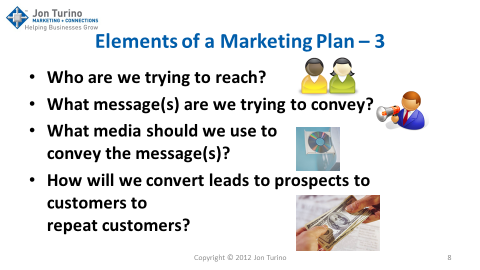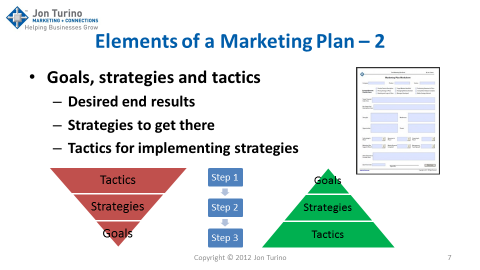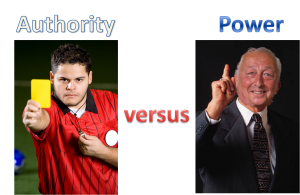 The Cost, Price and Payback for Helping Others
The Cost, Price and Payback for Helping Others
When someone asks you for your help with something do you do a cost/benefit analysis before deciding whether or not to respond positively to the request?
Do you try to figure out what kind of “price” you should charge for helping others, perhaps in exchange for some help you might need now, or to bank in order to ask for a favor sometime in the future?
Do you have a different set of criteria for helping others depending on their relationship with you or based on what kind of benefit you could get in return for your help?
Or do you just help whenever you can, however much you can and without regard to the nature or circumstances of the person in need of the help?
My father used to drill into my head the following: “Always help as many people as you can, in as many ways as you can, whenever you can. Because you never know when you might need some help and if you’ve never given any help it might be tough to find it when you need it most.”
And “If you help others you may never get back as much help as you’ve given. But if you hurt others that hurt will come back many times over when you can least afford it.” I think he was talking about bad good and bad karma before I know what those words meant. Sort of like “What goes around comes around.”
Zig Ziglar said “You can have anything in the world you want if you’ll just help enough other people get what they want.”
It takes far more muscular effort to frown than to smile. Do you know that a smile from you will almost always help someone else smile, and thus feel better? How much does it cost for you to smile versus to frown? Smiling is one of those “win-win” situations.
How much does it cost you to say “Thank you” when someone does something nice for you, even if it’s their job to do so? How much does it cost to say “I appreciate your help” to someone, even if their help was minimal but their intentions were good? How much does it cost to tell someone that they did a good job on something or, where appropriate, that they look especially handsome or beautiful at a particular time?
How much does it cost to click the Share button on your social media account when someone you know asks you to do so? Or to “+1” something on Google when you think it was OK or might be of interest to others even if it isn’t of much immediate interest to you? Or to re-tweet something where it might help someone with a project they are trying to promote?
I’m not proposing that all of us help everyone all of the time. That’s just not possible, except perhaps in special circumstances (e.g., where you have all the time and money in the world to give and having that richness hasn’t turned you selfish and immune to the feelings of others). But I am suggesting that helping whenever we can, without first trying to figure out a cost or price or quid pro quo, is a better way of living than the other way around.
I am privileged to have a lot of friends, both in the real world and on social media sites, who go out of their way to help others. They provide advice, they answer questions, they help organize in-person events and they volunteer to help in their communities. All without wondering whether or not they’re going to get paid for helping and without expecting some kind of payback.
I’m also not suggesting that you confuse helping with working. If you earn your living by providing commercial services, I wouldn’t expect you to provide detailed help and advice in your field of expertise for me without expecting me to pay for it. And I hope that you wouldn’t expect me to provide you with detailed marketing help and advice on your particular business issues without being paid for it.
But if you need a generic opinion, or a connection to someone, or some hints on what events might be beneficial for you, I’m happy to help – without charge – because it is something that I can do and am happy to do. I’m convinced that each of us individually and all of us together can make this world a better place just by helping each other whenever and however we can.
I hope you are one of them. And that the next time you are in a position to help someone that you do so – freely, willingly and with goodwill in your heart.
Thanks for reading. Your comments, as always, are very welcome. To read more of Jons’ thoughts and ideas, order The A to Z Blog Book from Amazon or Kindle. You’ll love it.











